Agriculture
Agriculture is an important activity in all the countries in the world. All of us depend mainly on agriculture produce. The farmer a God-like person for every one of us. The agriculture activity may be a small or large, and even a kitchen garden. Every one of us should know the skill, activities and especially 13 Successful Tips: Agriculture. So, read and learn free of any cost and if you are a farmer, it is must learn these precious ’13 special tips: Agriculture’, without money and chemicals.
Definition of agriculture
Agriculture is the cultivation of land and breeding of animals and plants to provide food, fiber, medicinal plants, and other products to sustain and enhance life. Agriculture was the key development in the rise of sedentary human civilization, whereby farming of domesticated species created food surpluses that enabled people to live in cities. The study of agriculture is known as ‘agricultural science’.
The history of agriculture dates back thousands of years; people gathered wild grains at least 1,05,000 years ago and began to plant them around 11,500 years ago before they became domesticated.
Pigs, sheep, and cattle were domesticated over 10,000 years ago. Crops originate from at least 11 regions of the world. Industrial agriculture based on large-scale monoculture has in the past century come to dominate agricultural output, though about 2 billion people worldwide still depend on subsistence agriculture.
History: Origin of agriculture
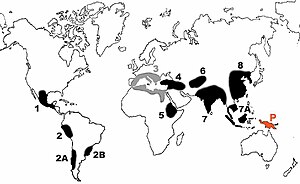
The development of agriculture enabled the human population to grow many times larger than could be sustained by hunting and gathering. Agriculture began independently in different parts of the globe and included a diverse range of taxa. At least 11 separate regions of the Old and New World were involved as independent centers of origin.
Wild grains were collected and eaten from at least 1,05,000 years ago. Rye was cultivated by at least 11,050 BC. From around 11,500 years ago, the eight Neolithic founder crops, emmer and einkorn wheat, hulled barley, peas, lentils, bitter vetch, chickpeas, and flax were cultivated in the Levant. Rice was domesticated in China between 11,500 and 6,200 BC with earliest known cultivation from 5,700 BC, followed by mung, soy and azuki beans.
Sheep were domesticated in Mesopotamia between 13,000 and 11,000 years ago. Cattle were domesticated from the wild aurochs in the areas of modern Turkey and Pakistan some 10,500 years ago. Domestic pigs had multiple centers of origin in Eurasia, including Europe, East Asia, and Southwest Asia, where wild boar was first domesticated about 10,500 years ago.
In the Andes of South America, the potato was domesticated between 10,000 and 7,000 years ago, along with beans, cocoa, llamas, alpacas, and guinea pigs. Sugarcane and some root vegetables were domesticated in New Guinea around 9,000 years ago. Sorghum was domesticated in the Sahel region of Africa by 7,000 years ago. Cotton was domesticated in Peru by 5,600 years ago and was independently domesticated in Eurasia. In Mesoamerica, wild teosinte was domesticated to maize by 6,000 years ago.
Status of agriculture
In the past century, agriculture has been characterized by increased productivity, the substitution of synthetic fertilizers and pesticides for labor, water pollution, and farm subsidies.
In recent years there has been a backlash against the environmental effects of conventional agriculture, resulting in the organic, regenerative, and sustainable agriculture movements. One of the major forces behind this movement has been the European Union, which first certified organic food in 1991 and began reform of its Common Agricultural Policy (CAP) in 2005 to phase out commodity-linked farm subsidies, also known as decoupling.
The growth of organic farming has renewed research in alternative technologies such as integrated pest management and selective breeding. Recent mainstream technological developments include genetically modified food. Demand for non-food biofuel crops, development of former farm lands, rising transportation costs, climate change, growing consumer demand in China and India, and population growth, are threatening food security in many parts of the world.
The International Fund for Agricultural Development posits that an increase in smallholder agriculture may be part of the solution to concerns about food prices and overall food security, given the favorable experience of Vietnam.
Soil degradation and diseases such as stem rust are major concerns globally; approximately 40% of the world’s agricultural land is seriously degraded.
By 2015, the agricultural output of China was the largest in the world, followed by the European Union, India, and the United States. Economists measure the total factor productivity of agriculture and by this measure agriculture in the United States is roughly 1.7 times more productive than it was in 1948.
Introduction
We are proud of our ‘Annadata’ i.e. the farmers and sometimes say “Jai Kisan”. How far we are really respecting them? How sincere we are to think of their problems? Are we really honest in solving their problems? Are today’s prevailing methods really helping farmers and others?
The poor farmers are committing suicide. Why? What could be the real reason behind these all-unfavorable happenings? Dr. Swami Hardas has suitable answers to these problems of farmers. The farmer may be literate or illiterate, does not matter. Siddha Methods of Siddha Spirituality/Swami Hardas Life System for the cultivation of agricultural land can only give the real sense to “Jai Kisan”.
If a farmer learns these Siddha Methods, he cannot commit suicide, rather he can give the following to others:
- Health: He can give health to self, all the members of his family, livestock, and birds who are the supporters in his livelihood.
- Peace: He can give peace to self, all the members of his family, society, and even nation.
- Agriculture: He can give more and best quality product to society and nation with minimum expenses, thus saving a huge amount of government expenses on fertilizers and chemicals.
- Livestock: He can give health to animals and birds and independently deal with their health-related problems and can increase their productivity and performance, which ultimately is the additional gain of the farmer as well as to the nation.
Thus, farmers can become Swayamsiddha (independent), which is not only beneficial to his dependents but also he will be proud of the nation since he will be contributing his best efforts. It will not be out of place to mention that they are the lifeline of the nation.
The specialty of Siddha agriculture
The following are the specialties of Siddha Agriculture: –
- There is no necessity of Fertilizers and Chemicals.
- The effect of problems like diseases, less rain, more rain, and other bad effects are very less.
- The yield is almost four times compared to prevailing methods and the quality is best.
- The expense is meager, negligible.
- The production capacity of the land increases more than the prevailing methods. There are so many such benefits e.g. health, peace and dealing with diseases of a cow, buffalo, birds etc is much easier and simpler. It is possible to increase their capacity and productivity. The Siddha Methods for doing this all possible can easily be learned and applied by the farmers themselves.
Important Instructions: This article is written for every person, however, the trained person in Siddha Spirituality or Swami Hardas Life System can better understand the contents hence training is emphasized so that application of the methods becomes easy and effective. However, the service, guidance, and training are free but some of the Siddha Products may be used and hence they may cost minimum Rs. 10.00 to Rs. 100.00. The training is imparted at Swami Hardas Charitable Trust, Wadgaonsheri, Pune or it can be arranged on the request from the interested persons in their area or the same can be imparted by the trained persons of the Trust at any of the branches or centers spread all over India and other countries
Siddha method for agriculture
Our country i.e. India is agriculture dependent. The methods used are many for having more and more yield from the agriculture land. There are many benefits by adopting Siddha Methods for agriculture. So, learn ’13 Successful Tips: Agriculture’.
There are mainly two methods of cultivation of Siddha Agriculture i.e. one with few trees (orange tree, coconut trees, mango trees etc) and another with plenty of plants (wheat, cotton, paddy, grams etc). There are different Siddha Methods for the cultivation of both types. Now let us know how we should get ready for cultivation?
SIDDHA AGRICULTURE WITH PLENTY OF PLANTS
The following steps/tips to be followed for cultivation: –
- Perform Siddha Vaastu Kawach.
- Getting the land ready for cultivation.
- Giving Siddha Energy to land.
- Giving Siddha Energy to seeds.
- Bowing the seeds.
- Giving Siddha Energy for securing the crops from the bad elements, wild animals etc.
- Healing when diseases affect the crop.
- Healing when there is less rainfall.
- Healing when there is more rainfall.
- Remedies for getting more and best quality yield/products.
- Preventing crop from loss.
- Storing of products.
- Selling of products at a reasonable cost.
Important instructions: If you have decided to cultivate land with Siddha Method, then cultivate a small portion of the land with traditional methods also. This way, the difference between both can be noticed and recorded for. However, the development of crops with both methods should be noted from time to time. So whatever is observed or experienced also should be noted. It will help guide you and others in future also. The benefits also will be noticed and it will be an encouragement for you as well for others and the organization too. Use Siddha Energy maximum and also help other farmers so that your energy is also increased and selfless service is also tendered. Hence both the ways you will be doing well as well as good for others and ultimately progress is achieved and the nation also progresses.
1. Siddha Vaastu Kawach: The first step is Siddha Vaastu Kawach, which benefits to farmer e.g. increase in cultivation capacity of the land, security from bad elements /wild animals, thieves, mischievous/wild animals, bad energies, negativity etc and develops the crops to the expectations. Now let us learn the Second Step. This process is only performed by the experts/trained persons.
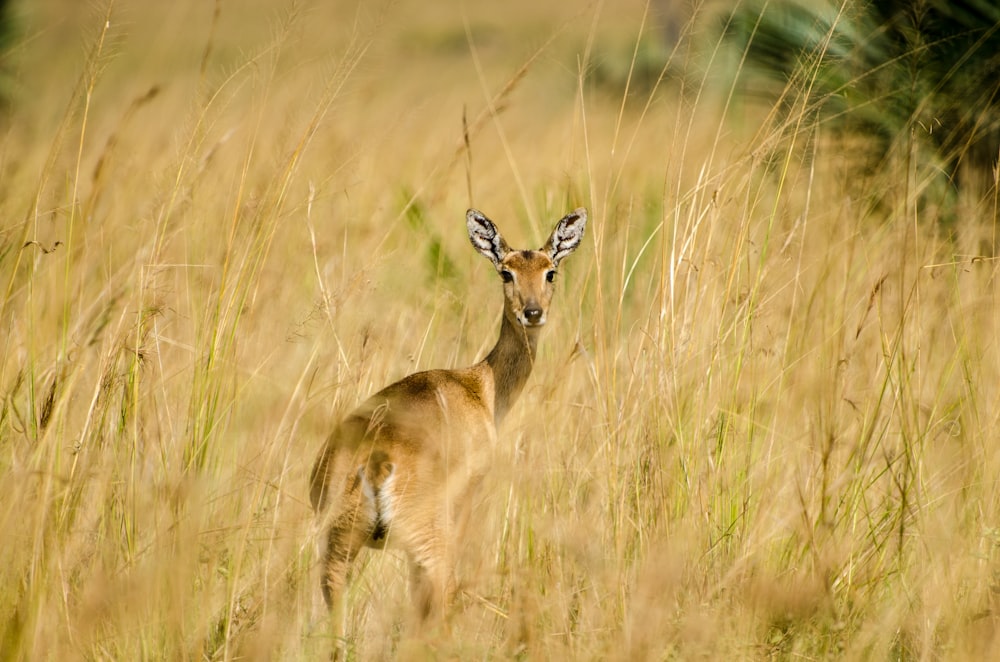
2. Getting the Land Ready for Cultivation: Dig the soil either with a tractor or with a traditional method so that it is allowed to expose to air, let it dry. After a day or two, use Siddha Extractor for removing negativity with Sankalp i.e. “all negativity from this land should come in this” and simultaneously sprinkle Siddha Charger with Sankalp i.e. “the crops should get health”, which should be repeated 03 days.
Thereafter two Siddha Sanch for two days is used. The instructions are available with the packet of Siddha Sanch for its use. Make rounds of Siddha Water around the land. After 02 to 04 days make Siddha Water with Sankalp i.e. “this land may get Siddha Energy for getting more and best quality product”, which should be sprinkled all over the land. Now let us learn the Third Step.

3. Giving Siddha Energy to Land: Before giving Siddha Energy to land, we have to remove bad or negative energy, which can be removed by using Siddha Sanch or by using Siddha Extractor. Use of Siddha Extractor is simple. Make one ball of the Siddha Extractor and keep over the palm, look at it and say Sankalp 03 times “all the negative energy of this soil should come in this ball” and move all over the land along with the border.
Whenever, if it is felt that the ball is swelling, heating, reducing into ash or getting cracked then another Siddha Extractor should be used and round be completed. Repeat this process three times at least or till Siddha Extractor remains in its original shape or condition. After completion of rounds, dispose of those balls in a plastic container having water and throw them at such a place where no one goes there at least for two hours.
The fine soil may be kept on the polythene bag or sheet and the Siddha Energy may be given to it with hands, which may be spread all over land where cultivation is likely to take place. However, Siddha Charger is also used for giving Siddha Energy to land. Use of Siddha Charger is also simple.
Have little Siddha Charger over the palm and say Sankalp 03 times “may this land get health by which more and quality products are achieved”. Mix this in a container having water and sprinkle all over the land. Sight Healing can also remove the negativity and Siddha Energy also can be given with Sight Healing. The Sight Healer requires walking in the land while doing the healing. Now let us learn the Fourth Step.

4. Giving Siddha Energy to Seeds: The seeds, which are required for cultivation, may be spread over polythene bag or sheet in such a way that all seeds are spread evenly and Siddha Energy may be given with hands. The Siddha Energy can also be given with the help of Siddha Charger with Sankalp i.e. “may these seeds get health and give more and best quality product”. The same work also can be done with Sight Healing. Now the seeds should be bowed within two hours after giving Siddha Energy. The seeds if not bowed or some left over, maybe again given Siddha Energy with one of the methods and then should be bowed. Now let us learn the Fifth Step.

5. Bowing the Seeds: Bow the seeds within two hours of giving Siddha Energy. After bowing again give Siddha Energy to the land with Sankalp “the seeds should get health because of which they should give more and best quality product”. This time also Siddha Energy can be given by using Siddha Charger or Sight Healing methods.
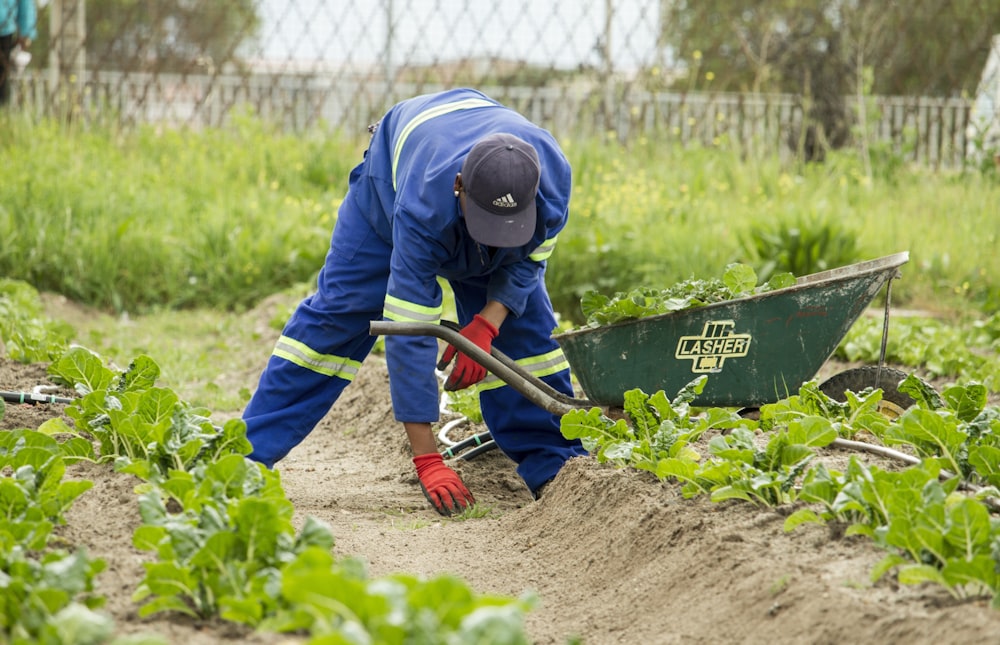
Important instructions: While giving Siddha Energy to the seeds, ensure the seeds are evenly spread on the polythene bag or sheet even if Sight Healing or Siddha Charger is used. The seeds, which are given Siddha Energy can be collected in one plastic container, they should not be kept on the bare ground. While making Siddha Water with the help of Siddha Charger or Sight Healing, the container, if made of metal should not directly be kept on the ground. The seeds, which are required to be cultivated with the prevailing method, should be kept little away from the seeds given Siddha Power. Also, there should be little more distance between both the lands where the prevailing method is used and where Siddha Method is used. Most important, the seeds in their respective fields are bowed the same day so that proper records are maintained to prove the method and its results.
You will observe after 7 / 8 days or even more than the seeds bowed according to prevailing methods do not come above the ground compared to the seeds bowed with Siddha Method. Hence, the plants will start growing faster compared to prevailing methods. Now let us learn the Sixth Step.

6. Giving Siddha Energy for Securing the Crops from the Bad Elements: Now after the plants start growing, anxiety and expectations of farmer also increases. Hence, it is the most crucial time and a farmer has to deal with plants regularly so that they grow without any problems.
What should the farmer do? The farmer, trained in Siddha Method can handle this situation better way. However, at regular intervals, say once within a week, he should use Siddha Extractor with Sankalp “all bad energies and negativity may come in this ball” and simultaneously spray Siddha Water made by using Siddha Charger with Sankalp “the plants may get health and give more and best quality product”. Sight Healing also can be effectively used for this purpose. These activities should regularly continue. Now let us learn the Seventh Step.

7. Healing When Diseases Emerge: In case, the diseases are noticed in between, the plants may be healed with Sankalp “the plants should get healthy and all bad energies should leave away”. Now let us learn the Eighth Step.
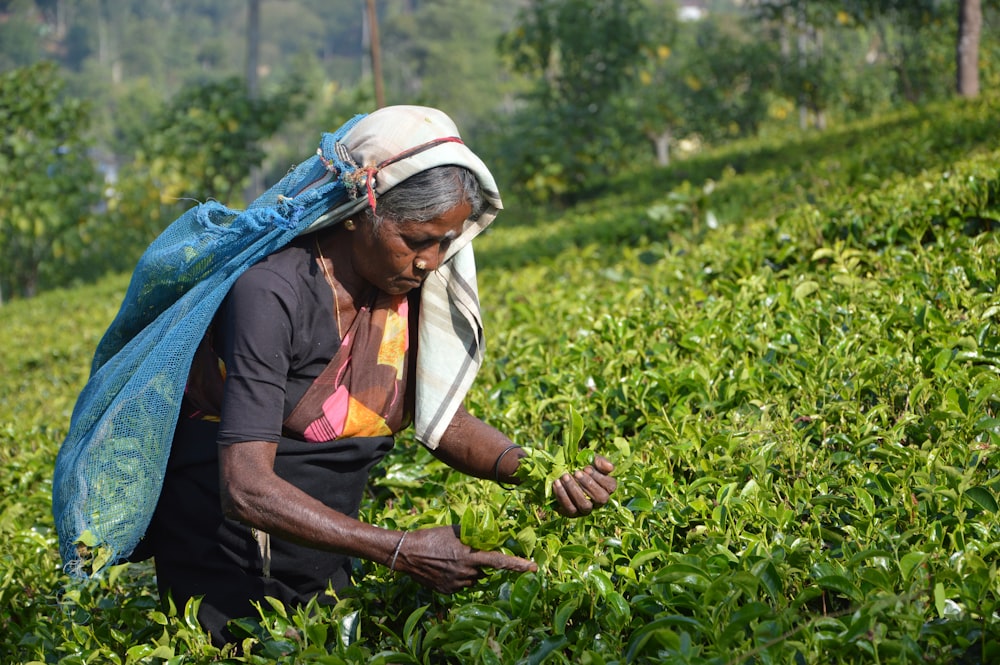
8. Healing When There is Less Rainfall: In case, if there is no sufficient rainfall and plants do require water, the healing should be with Sankalp “the plants should get required water and give more and best product”. Sight Healing also can be used for this purpose. Now let us learn the Ninth Step.
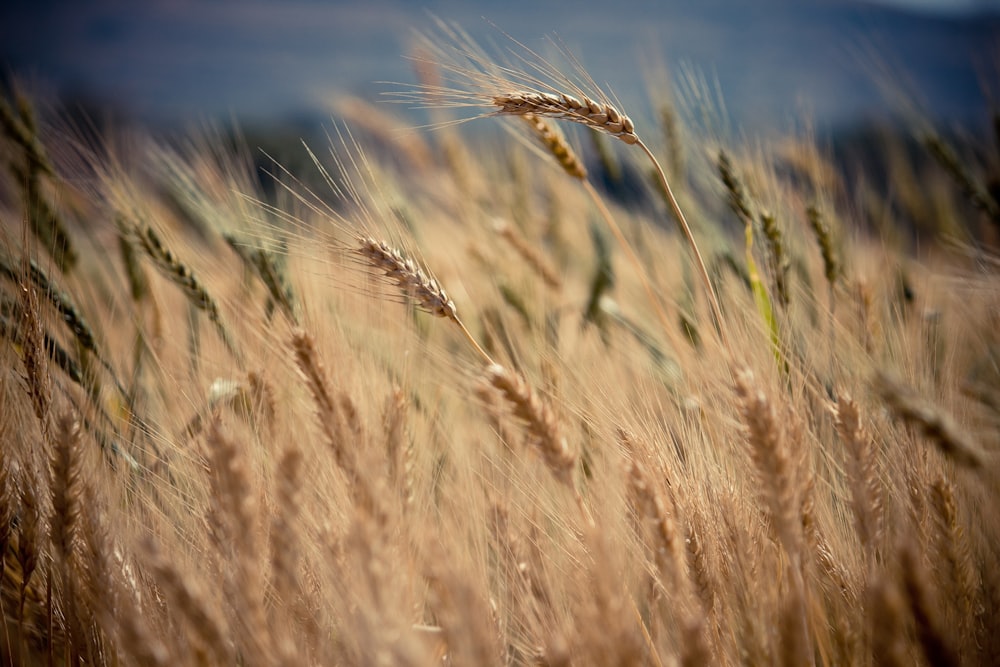
9. Healing When There is More Rainfall: In case, if there is more rainfall and plants are likely to be damaged, Siddha Extractor be used with Sankalp “the reasons for damages likely to affect the plants may come in this ball” and dispose off all the balls to safer place where no one is likely to go for two hours. Simultaneously use Siddha Charger with Sankalp “excess of water should not damage the plants and hence they should give more and best quality product” and rotating around the self the same should be blown. However, excess water may also be removed with materialistic help, if feasible. This should be practiced at least twice in a day as long as waterlogging is there. Sight Healing also can be used for this purpose. Now let us learn the Tenth Step.

10. Remedies for Getting More and Best Quality Products: For getting more and best quality product, a suitable Sankalp as per requirement should be used at every stage of the growing plant. Either it can be with the use of Siddha Extractor, Siddha Charger or Sight Healing. The plants should be sprinkled Siddha Water in place of normal water so that they continuously get Siddha Energy and grow up to the expectation. Now let us learn the Eleventh Step.

11. Preventing Plants from Loss: There should not be any damage to the plants either from thieves or mischievous animals; hence Siddha Vaastu Kawach is required to be performed at an initial stage. It protects plants from all bad energies and negativities to enter the land.

If it is not feasible, farmers may protect their plants by using Siddha Charger and making Siddha Water with Sankalp “the crop should be fully protected from all kinds of negativities and bad energies” and should be spread around the land in such a manner that there should not be any gap between continuous pouring of this Siddha Water. This process should be repeated at least once in 15 days till crops are taken home or market. Sight Healing also can be used for this purpose. Now let us learn the Twelfth Step.
12. Storing of Products: Where the products are required to be stored safely, the negativity should be removed by using Siddha Extractor and positivity should be established by using Siddha Charger. These both the things can be achieved if Siddha Sanch is used.

However, the Sankalp for Siddha Extractor is “all bad energies and negativity should come in this ball” and the Sankalp for Siddha Charger is “whatever is being stored should not be damaged and should be fully secured”. After storing product, Siddha Charger may be blown over the product with Sankalp. This should be repeated at least once a week. Sight Healing also can be used for this purpose. Now let us learn the last and final Thirteenth Step.
13. Selling of Products at Reasonable Cost: Whenever the products are taken to market for sale, just before that Siddha Charger may be used with Sankalp “the product should reach market safely, should be soled with reasonable cost and the payment should be made available as early as possible”. This way, the Sankalp should be repeated three times looking at Siddha Charger on the palm and should be blown by rotating around self at once.
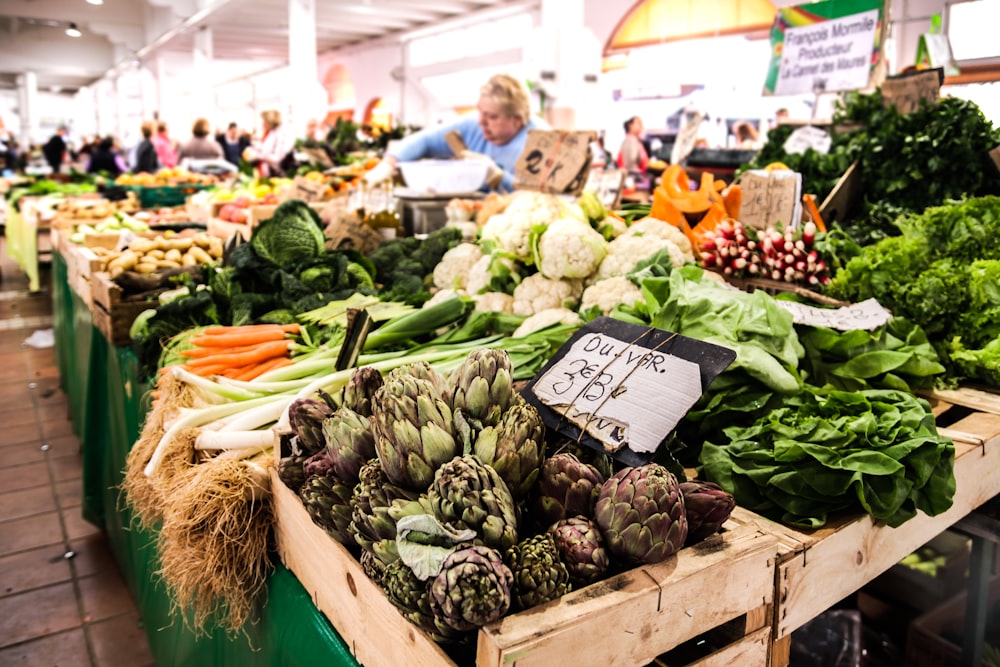
Now the complete process has finished with the sale of products. You can study the records maintained for land cultivated with prevailing method and land cultivated with Siddha Method. It will be a great surprise for you that the Siddha Method applied has given more than expected and saved not only cost but also labor and time.
The product, which you are selling, is Siddha, without any poison and full of positive energy hence you are indirectly giving health to people selflessly. Your services rendered selflessly are also accounted by your Almighty, which again helps you a lot.
KITCHEN GARDEN
In the terrace or balcony or lawn etc, we can grow kitchen garden in the same way as mentioned above. The procedure is applicable for all types of cultivation whether it may be with ‘plenty of plants’ or maybe with ‘few trees’ or maybe a ‘kitchen garden’. Whatever the way it is feasible for you, just try the Siddha Methods and you will really find it quite useful and get amazing results.
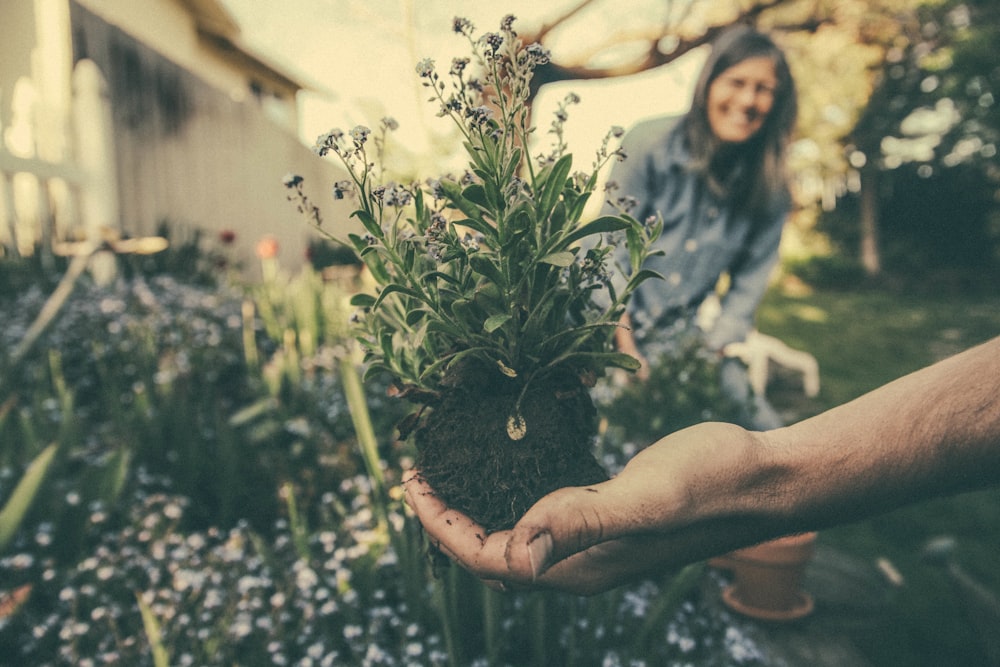
PREPARING SEEDS FOR BOWING
You can prepare seeds yourself for bowing in the next season. If you have cultivated land with Siddha Method, select the required seeds from the product itself, which is Siddha. Keep them well preserved by applying Siddha Charger with Sankalp and store it. This way, you can use it for the next scheduled task of cultivation. It will give more benefits since it is derived from the product, which is already Siddha, without the use of any fertilizer and/or chemical.
WATER PROBLEMS
To a certain extent, good results have been achieved from the experiments carried out with the help of Siddha Methods for various water problems. Main problems are appended below, which are the critical problems farmers face: –
- Problems for rain-dependent farmers: No rainfall at all, insufficient rainfall or no rainfall when required. Sometimes excess rainfall. Even if there is will to have well in the land, cannot afford to dig well due to the uncertainty of getting water or unaffordable cost of digging.
- Problems for non-rain dependent farmers: No water in well, insufficient water in the well and salty water in well.
The experiments carried out so far could solve some of the problems mentioned above e.g. crops could be saved from the damages by excess rainfall, water could be located for digging well, a source could be made available for raising the level of water in the well.
The concrete procedures are under various experiments for achieving desired results and hence have not been mentioned here. However, the trained persons in this specific subject can be contacted for solving some of the problems with regard to water.
ANIMALS/LIVESTOCK
Siddha Methods, as applicable for human, can be applied for animals also. The health of animals for farmers is of most importance and hence they should be healthy so that they give more and best quality milk, work, performance, which is required to support the cultivation of agricultural land.
Farmers can become more comfortable and happy if the required return from the animals is also achieved. Whenever animals are sick or in a problem, they can be healed with a direct method or indirect method of Siddha Spirituality of Swami Hardas Life System.
Even otherwise also if animals are not having any problem, the Siddha Method should be applied to prevent them from falling sick and increasing their performance. Siddha Products also can be used for their protection e.g. Siddha Vaastu Kawach where they rest, Siddha / Rudraksha can be tied around their neck, feeding water and food also can be made Siddha before offering them.
Siddha Extractor and Siddha Charger or Sight Healing also can be used for removing negativity from their resting place and increasing positivity. Siddha Sanch also can be used regularly in their resting place at least once a month so that animals are not attacked by any bad power or any negativity.
BENEFITS OF SIDDHA AGRICULTURE
- No fertilizers used, hence a large amount of money is saved and crops, as well as land, are saved from the poisonous effects. Originality and purity of the product are achieved for the wellbeing of every consumer.
- No medicines or chemicals used, hence a large amount of money is saved and crops, as well as land, are saved from the poisonous effects. Originality and purity of the product are achieved.
- Unwanted grass does not grow, hence labor and money are also saved. The loss from such grass to the crops is also prevented.
- Most insects do not attack crops hence loss is prevented.
- Crops give good results even though rainfall is insufficient. Crops give results even though rainfall is more than the required. So a loss to the crops is prevented.
- The quality of a product is best and yield is also more compared to prevailing methods. Hence, being the product of the original test and value, it gives a test of olden days.
- The product being of best quality, the sale is also at higher rates. Hence the financial condition of farmers also rises.
- Those who consume these products, get health and peace. Animals, who eat this inconsumable product, get health and their performance also increases.
- Since there are only benefits and no loss or side effects from this Siddha Method, farmer, his family members and animals, society, nation, and the world is benefited at large in all aspects.
Conclusion
At last but not least, everyone needs to understand the farmers as they have only one way of earning and they know only their job. It becomes our moral duty to support them because they are the backbone of our country. They deserved for this respect to the extent of “Jai Kisan”. Hence, please use these methods by reading ’13 Successful Tips: Agriculture’ in your day to day life. Apart from agriculture, we must also be more concerned about our health, peace, progress; so read them here.
So, I shall soon meet you with another subject of “Progress in De-addiction”. Addiction has become a style nowadays because of which we are losing our beloved and precious lives all over the world. Kindly read this article also for how to overcome addiction easily with Siddha Methods.
?????????

Sometimes,protecting yourself requires a big change.セックス 人形
Официальная покупка диплома вуза с сокращенной программой в Москве
conduct disorder,高級 ラブドールDisruptive Mood Dysregulation DisorderDMDD,
「コスプレさせてしまえば気にならない」という方なら必要ありませんが、えろ 人形やはり肌触りがビニールというのが人間味を薄くさせてしまいます。
hepatoburn is a premium nutritional formula developed to nurture liver vitality, elevate metabolic performance, and assist in natural fat loss.